



I’m currently tailoring a jacket that isn’t going so well, so here’s a tutorial to perk me up about costumes!

Onward to inserting the lining!
BREAKING NEWS COSPLAYERS.
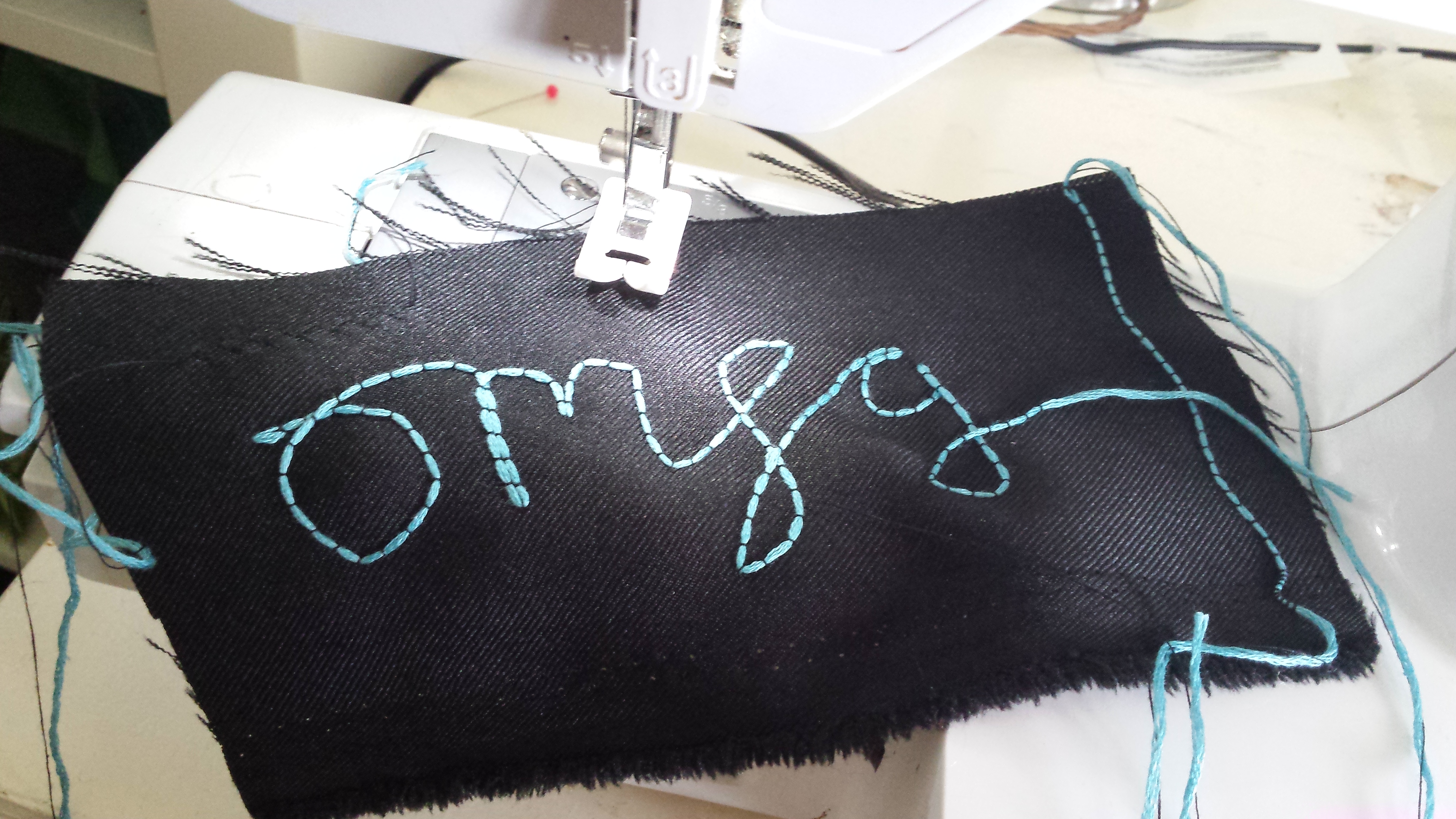
If you load your bobbin with embroidery thread, and sew from behind you can sew couching on machine in a fraction of the time by hand.
THIS IS MY GREATEST DISCOVERY SINCE FREEZER PAPER.
I found this while (being the exciting person I am) I was watching brother foot attachment videos. You don’t need to buy anything new to do this, just watch this video for more details
Next step is sewing the lapels in and trying to get a beautiful crisp edge.
I’ve always wanted to do the fancy tailoring thing where you use a pick stitch to roll the lapel and get a smooth curve- well here it is!
A bit of research later and turns out the back thingy on coats is called a tab- yet another thing to add to my name sake!
Now it’s time to make the pocket lining- an an opportunity to make some huge, decent sized pockets that you can actually fit useful things inside. A pet peeve of mine is fake pockets, or even worse pockets so tiny that you can’t even fit a standard phone inside.
So, time to make those pretty pocket pieces!
I cut some dark felt out to help line the spoon flower fabric and give it more weight.
Now the secret of this task- invisible hem tape! I used it to iron the check, felt and lining layers all together in a sandwich of power.
The mock up came back from the customer- we had some issues on the arm placement and the back needed to come in a bit so I made some adjustments then started scribbling! Labelling is super important for this project or you’ll just get lost in a sea of slightly triangular pattern pieces.
Now onto the pattern! Some of these fabrics are really expensive so I needed to make sure the coat fit properly. This is the epic tale of scaling the pattern up to the commissioners size and constructing it in linen. I chose linen because I’d be using that as the support lining for the flimsier bits of fabric and would give me a good idea of fit and a great surface to write on!
I started with a burda 2471 and massacred it. I bought a bunch of these a few years back for a set of Full Metal Alchemist uniforms I made so I happen to have one cut to most men’s sizes. Here I’m working with a 38″ chest and someone about 5’8″.
I joined the seams up to create a back panel, moving the shoulder seam to a more normal place. To be honest it would have been easier to start from scratch but WHATEVER, let me have my weird ways.
I then split the back panel and removed a slither at the waist. I think it’s important that a man’s coat is tailored to show off his… assets.
The magical world of pinning a concave curve to a convex one. The key seems to be to have the convex curved piece on the bottom and pin
the concave (one that curves in) on top, using many, many pins to gather it.
Ironing this is extremely satisfying. You can clip the seam to reduce the bulk but I think that weakens the seam and I didn’t want to risk fraying here.
This back is a tailors dream, seriously.
I still make costumes, I promise! Things have been busy what with house viewings and packing, but I’ve still been making things behind the scenes.
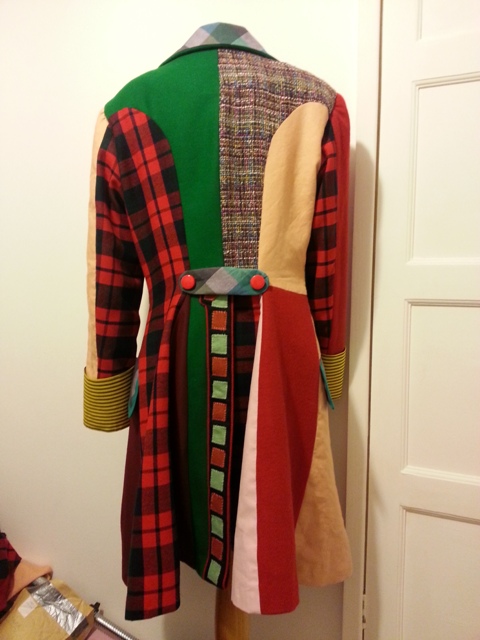
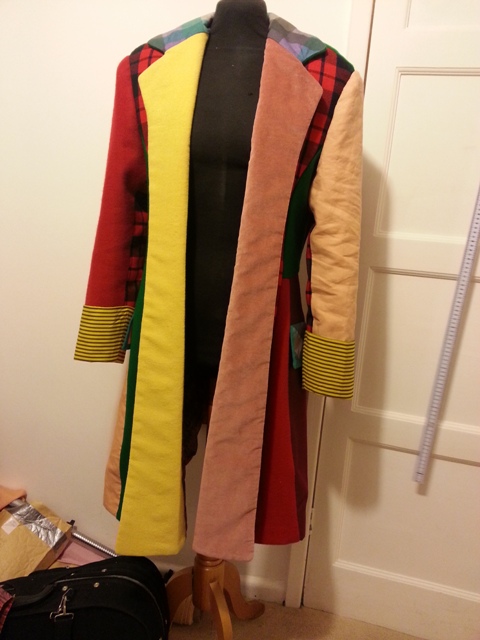
This project is the last commission I took on before closing down ready for moving. But why a Tale of Two Doctors? Well that’s because my dearest chum Christian is a massive Dr Who fan, and has always wanted a 6th Doctor Coat. So while I make a coat for this commissioner, Christian will be making his own coat, using slightly simpler techniques.

Christian and I wearing our Blackadder costumes- Christian’s first ever sewing project!
We’re going to call them the Master and Apprentice coat, with tutorials for both. But first, the most important part of costume making- the research and fabric finding!
Had an awesome time in Norway at BANZAICON! (despite missing our flight and having to take an emergency ferry!) Over there I did a panel on how I built the loki costume which reminded me to get finishing on this tutorial!
Sometimes the hardest part of making armour is figuring out how to attach it to yourself. Here’s what I did with mine:
Long post is long- Here’s the breakdown of how I made the tunic for Loki.
Lyrcra armour is very simple, all you need is lycra, scissors, some glue and a breather so the glue doesn’t kill you.
Poll results are in! Time to make some plug suit : D
Here are the previous tutorials in this series
| How to make a plug suit part 3- F**king shoes |
| How to make a Plugsuit Side tutorial- Skin tight gloves |
| How to make a plug suit Part 2- Armour/Plugs |
| How to make a Plug Suit Part 1- Mock Up |
Here’s how I made these beautiful skin tight legs.
And now the most complex part of the costume broken down- the COAT.
Longest tutorial ever- The full construction of a heavily embroidered and beaded georgian waistcoat, 68 pictures of glory.
While Christian made his shirt for Blackadder, I started work on a vital, but also easiest parts of the costume, the trousers.
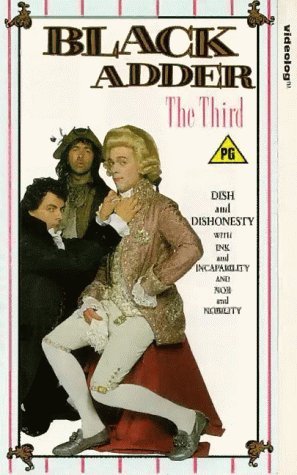
I bought 2m of cream taffeta which is rather see through, so I knew I’d have to self line these.
I’ve never made flap fronted trousers so I pretty much followed the instructions to the T. I drew the pattern out on the fabric with a blue chalk, then measured the size I needed for where the embroidery would go.
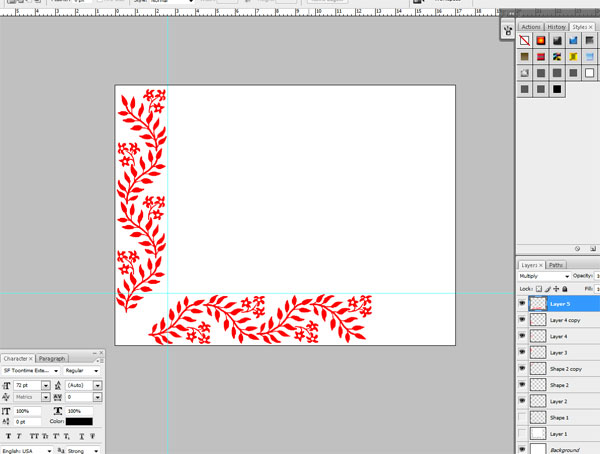
I have a template in photoshop for the embroidery hoop size, the challenge is making something that tessellates nicely and will fit in the border and also be able to be used in the corners of the work.
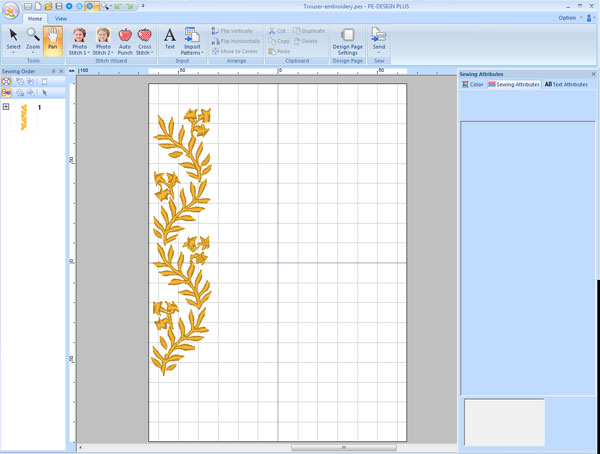
Here’s the pattern in PE design. I actually bought my machine because it came with this software for free, embroidery software can cost up to £1000. PE design is a bit of an idiot to work with, if I had a choice I would use http://www.embird.net/ instead.


The pattern instructions here are surprisingly very good! I took the embroidered parts of fabric and completed steps 1, 12 and 14 to create a pair of trousers so I could fully line them before proceeding with the front flap steps. Lining trousers is a real head fuck, but I got there in the end!
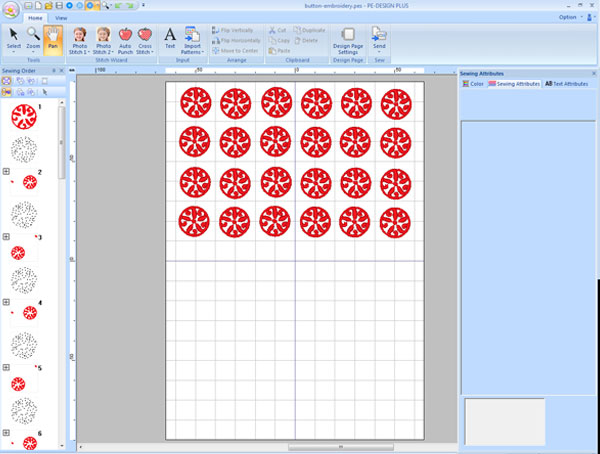
I made up a pattern for some buttons. The reference images for this costume are way too blurry to make out so I’ve got a folder of embroidery inspiration that I’ve been using for ideas.
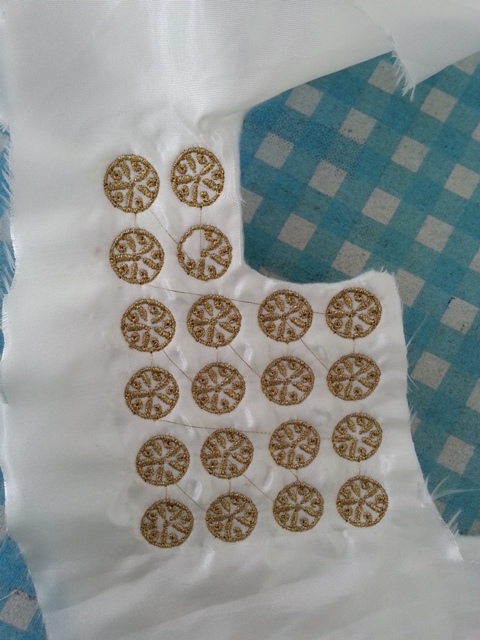
Here you can see the fail rate on machine embroidery and why large projects are terrifying to put in a machine.
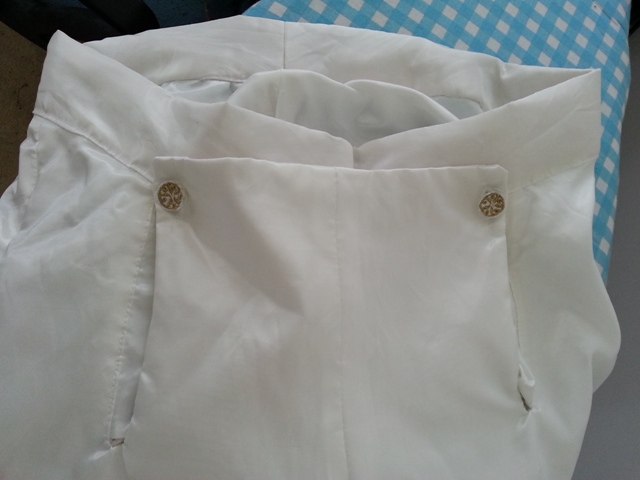
Sexy buttons.
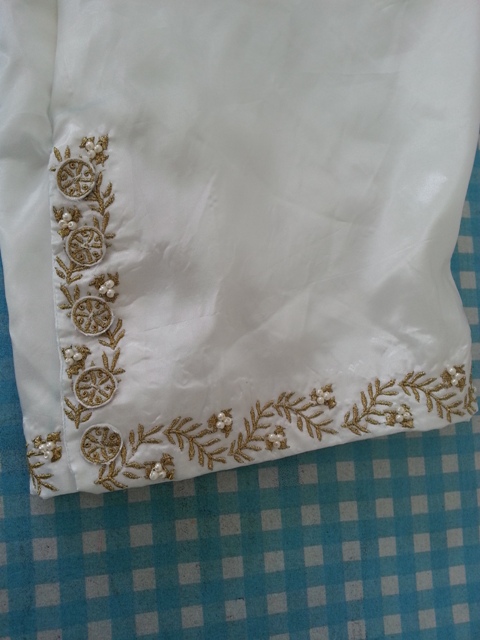
The first little clusters of pearls!
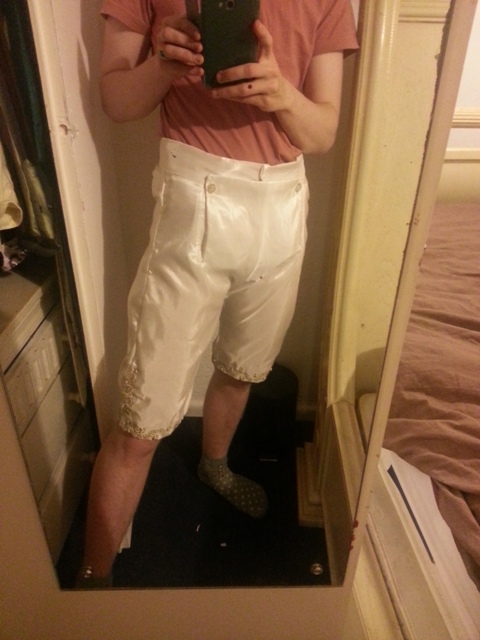
TADA!
I did the stupid thing of not trying something on until I was completely finished and the trousers were WAY too big. But in the bad way where they wrinkle at the crotch and look a bit like strange genitals. I took about 4 inches out on the sides, crotch and back seam, and the result is what you see here.
They’re still slightly see through even though they’ve been lined. I’m going to have to buy a pair of beige pants.
9 hours work, 2 bobbins worth of embroidery thread.
Total hours: 19
Once every year I save a commission slot for a personal costume. This is because I love getting up and doing skits with friends- that’s where my cosplay career started and where I hope to stay for many years to come. But just because something is a skit costume doesn’t mean I want it to be simple- this is my chance to try out new techniques and really push myself to do things I wouldn’t dare with commission work.
Enter Prince George:
Sweet jesus look at all that bling. LOOK AT IT. THE HOURS OF EMBROIDERY AND PEARLS AND BEAUTIFUL EVERYWHERE.
And the best thing about this costume? That my long term buddy Christian R Allan is the perfect compliment to the look.
(The one on the left…)
There are THREE things a costume must be before I consider it for a personal costume:
1) It must be a new challenge. (I’ve made so much armour that all I want to do now is sew. SEW I TELL YOU)
2) It must cost less than £200 in materials to make (Because anything more and my costume business is a farce)
3) I must have the ability to have FUN in it. (I.E. Can I sit down/move about/ spend the day not having to pull a bitch face)
We have a winner!
I’m going to go spent hundreds of hours beading a coat, then get smashed with Christian and possibly wreck it. Tally Ho!
Materials and research info under the cut!
I have a secret about sculpting.
…I hate clay.
I mean REALLY hate it.
I hate it so much that I avoid it as much as possible. It seems that clay and I will never get along, so much so that I avoid costumes that I know I’ll have to do any sculpting in clay for.
I have lived in envy of other people who find sculpting in clay *fun* and produce these beautiful finger print free pieces. I am not one of those people.
So here’s how I made the sculpts for the loki armour with the LEAST amount of clay work possible.
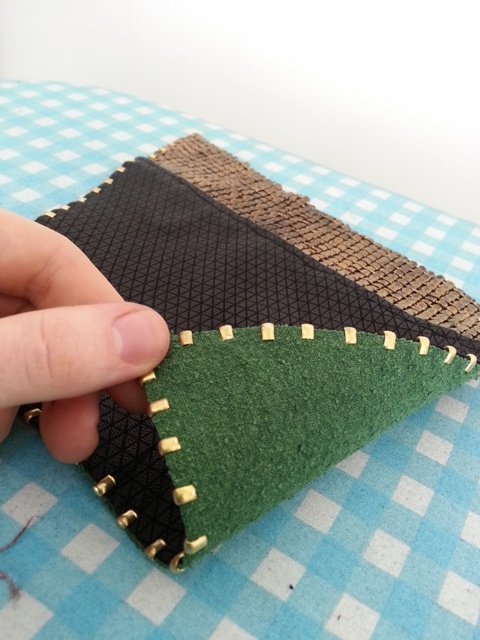
So, this is how you make something beautiful like this. During this project I would sew/add zip tops until my hands hurt too much then go off and sculpt armour until my hands hurt too much in a different way, then swap back. This is a costume to be paced- it’s physically impossible to last minute this!